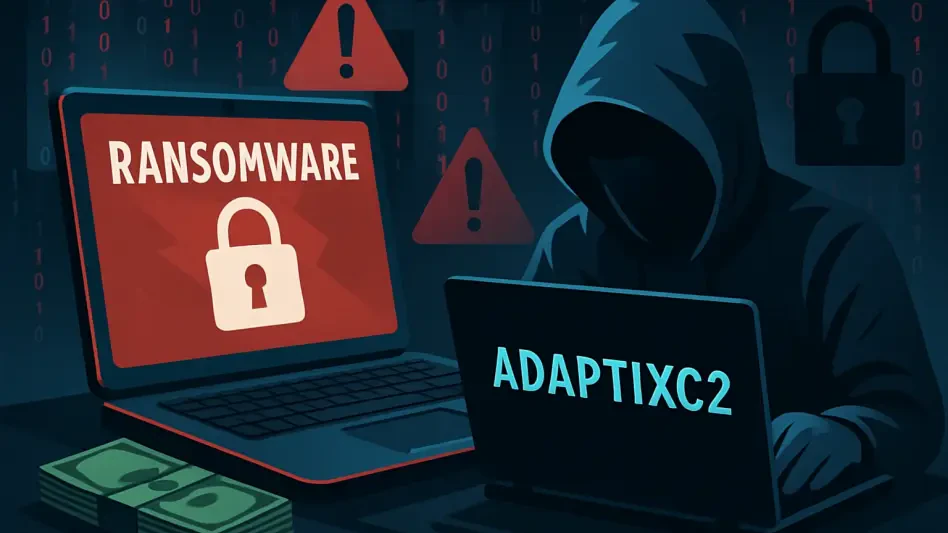In 2025, identity fraud has escalated into a pervasive threat, striking at the heart of personal security and economic stability across the United States, with devastating effects on individuals and communities alike. A staggering 25% of affected consumers have reported contemplating self-harm due to the emotional toll of these crimes, a statistic that underscores the urgency of addressing this issue beyond mere financial loss. This market analysis seeks to dissect the profound implications of identity fraud on mental health and financial well-being, exploring current trends, data-driven insights, and future projections. By delving into the evolving landscape of digital crime, the goal is to illuminate the hidden costs and provide strategic direction for stakeholders ranging from policymakers to technology firms. The intersection of psychological distress and economic damage presents a critical challenge that cannot be ignored in today’s hyper-connected world.
Decoding the Market Dynamics: Trends and Impacts of Identity Fraud
The Emotional Burden: Mental Health as a Silent Casualty
Identity fraud in 2025 has transcended financial implications, emerging as a significant trigger for mental health crises among victims. Data indicates that 25% of general consumers impacted by fraud have seriously considered self-harm, a sharp increase from previous years, while among self-identified victims, this figure climbs to a distressing 68%. This psychological fallout highlights a market gap in emotional support services tailored for fraud victims, pointing to an urgent need for accessible mental health resources. The disparity in outcomes—where professional intervention reduces self-harm consideration to 14%—suggests that targeted support can be transformative, yet many remain unaware of or unable to access such help. Addressing this gap could represent a vital opportunity for healthcare providers and nonprofits to step into a growing niche.
Financial Fallout: Quantifying the Economic Damage
The economic impact of identity fraud reveals a stark reality for affected individuals, with losses reaching unprecedented levels in 2025. Over 20% of victims have reported losses exceeding $100,000, and more than 10% have faced catastrophic damages of at least $1 million, while a similar percentage of general consumers experienced smaller yet significant losses under $500. This wide spectrum of financial harm underscores a fragmented market where recovery solutions often prioritize high-loss cases, leaving those with lesser damages underserved. The trend suggests an opportunity for financial institutions to develop tiered support systems that cater to varying levels of loss, ensuring equitable access to recovery resources. Such initiatives could reshape consumer trust and loyalty in a competitive sector.
Recurring Threats: The Cycle of Repeat Victimization
A troubling pattern in the identity fraud market is the rise of repeat victimization, which exacerbates both emotional and financial strain. Current data shows that 32% of individuals have been targeted twice, and 25% three times within a single year, reflecting a significant uptick from prior periods. This cycle, likely driven by persistent data availability on illicit markets and evolving criminal tactics, signals a pressing need for enhanced cybersecurity education and preventive tools. Urban regions, with their dense digital connectivity, often report higher rates, creating a geographic disparity in risk exposure. Technology companies and cybersecurity firms stand to gain by addressing this vulnerability through innovative, user-centric solutions that break the cycle of exploitation.
Digital Frontiers: Social Media and AI as Emerging Risks
The landscape of identity fraud is rapidly shifting toward digital platforms, with social media account takeovers becoming the predominant form of crime, affecting 35% of general consumer victims in 2025. This surge, up by six percentage points from the prior year, reflects the increasing exploitation of social networks as gateways for fraud. Additionally, over two-thirds of surveyed individuals view artificial intelligence as a looming threat, capable of powering sophisticated scams through deepfakes and automated attacks. This perception points to a future market where AI-driven fraud prevention tools will be in high demand, alongside regulatory frameworks to curb misuse. Companies investing in adaptive cybersecurity measures now could position themselves as leaders in a critical growth area over the next few years, from 2025 to 2027.
Strategic Reflections: Navigating the Path Forward
Looking back on the analysis conducted in 2025, the profound impact of identity fraud on mental health and financial stability became evident through alarming statistics and emerging trends. The emotional toll, with a significant portion of victims grappling with severe psychological distress, alongside financial losses ranging from modest to catastrophic, painted a picture of a multifaceted crisis. The rise in repeat victimization and the shift toward digital and AI-driven threats further underscored the evolving nature of this market challenge. For stakeholders, the insights gathered pointed to actionable opportunities, such as developing accessible mental health support and tiered financial recovery systems. Investment in cybersecurity education and innovative prevention tools emerged as a priority to address recurring risks, while anticipation of AI-related fraud called for proactive regulatory and technological advancements. These steps, if pursued with urgency, offered a pathway to mitigate the human and economic costs, fostering a safer digital environment for consumers in the years that followed.








